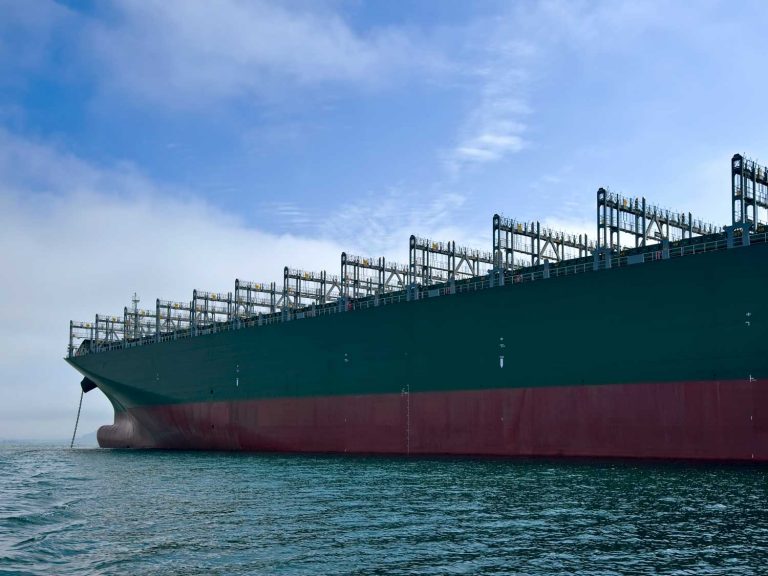
Date:
Carriers stepping up Golden Week capacity cuts
For much of the last two years, container shipping lines have struggled to maintain sufficient capacity to meet demand, but in recent months demand has fallen away, which means that some vessels are not fully utilised, with carriers blanking more sailings and reducing supply using various tactics.
As demand has weakened over recent months due to global events, a percentage of the world’s container vessels have not been fully filled and freight rates have been under pressure, which would typically prompt tactical blank sailings, to reduce available capacity and support higher rate levels and reducing the erosion of rates on the spot markets.
Golden Week, which began on Saturday, is traditionally a time for lines to blank sailings as demand dips around the holiday, but carriers are cutting much more aggressively this year, as they attempt to artificially manage freight rates, in the face of diminishing demand. In fact some carriers have pulled whole services completely, in particular so far on the transpacific trade, but it is widely anticipated that this will be replicated with the Asia/ Europe trades in the coming weeks.
Post Golden Week capacity reductions on the Asia to North Europe trade lane are removing almost 20% of available volume, which is in line with 2019, but higher than the 2014-2018 average.
The carriers use blanking strategies, as a lever to reduce and increase capacity, but the demand outlook has deteriorated so significantly on transpacific trade lanes that lines are scrubbing services, with MSC suspending bookings for its express Ningbo and Shanghai to Los Angeles Sequoia service.
MSC’s announcement follows the closure of Matson’s China-California Express (CCX) service and suspensions of CU Lines TPX service and CMA CGM’s Golden Gate Bridge loop.
Maersk has suspended an Asia-US east coast service, with the last sailing of its TP28 pendulum service from Vung Tau, Vietnam, on the 13th October. The cut loop will be merged into Maersk’s TP20 pendulum service, with a revised rotation of: Jakarta-Vung Tau-Shanghai-Ningbo-Busan-Panama Canal-Mobile-Newark, returning to Jakarta via the Suez Canal.
Demand for US east/Gulf coast services has remained strong, with volumes up 12%, as cargo has shifted from congested west coast ports amid nervousness about the lack of a new west coast labour agreement and the continuing risk of labour dispute disruption.

Transpacific routes are barometers for North European trade lanes, which tend to mirror transpacific trends in the short term, so it is a little concerning to note that capacity reductions to the US east and west coasts range between 22% and 28% of deployed weekly capacity in the weeks following Golden Week, up 50% on 2019, and well over double the average of 2014-2018.
It is anticipated that the main container shipping lines will continue to use a variety of tools to balance supply versus demand, as the markets change at a pace not seen in recent years. We will continue to advise, report, make recommendations and advise all options available to ensure that cost effective and reliably consistent service continues, as changes continue to be made.
We negotiate long-term and FAK contracts with shipping lines across all three alliances to secure space and rates, to provide the best alternatives and options, whatever the situation. Over the last decade this has proven to be the best approach, especially during the pandemic where rates and capacity were at a premium.
By leveraging agreements across the alliances – and spot rates, when appropriate – we can often adapt port pairs and routings, to work around blanked sailings, to maintain resilient and reliable supply chains.
